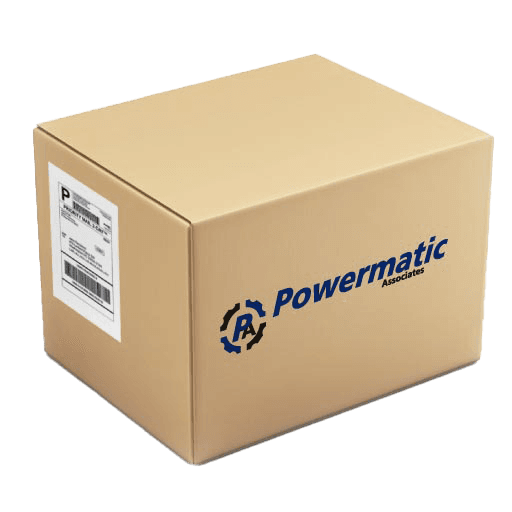All categories
Programmable Logic Controllers
Pilz Programmable Logic Controllers on Powermatic Associates


Programmable Logic Controllers- Pilz
A digital computer known as a programmable logic controller (PLC) is utilized by industrial entities to manage computer systems. It observes inputs and determines corresponding outputs, making it a crucial element in systems for predictive maintenance.






